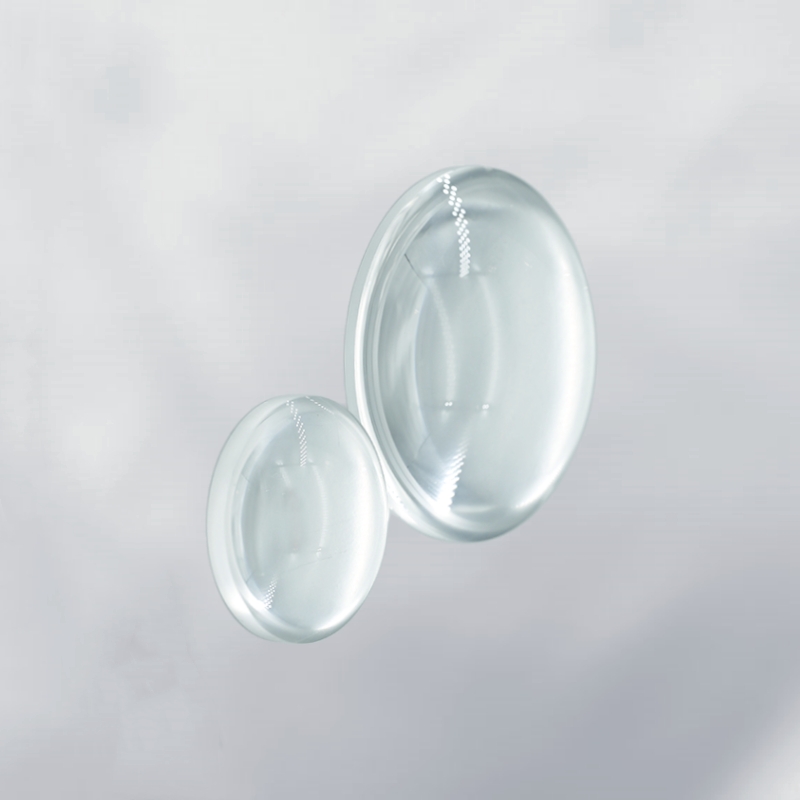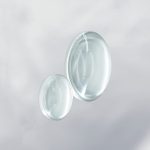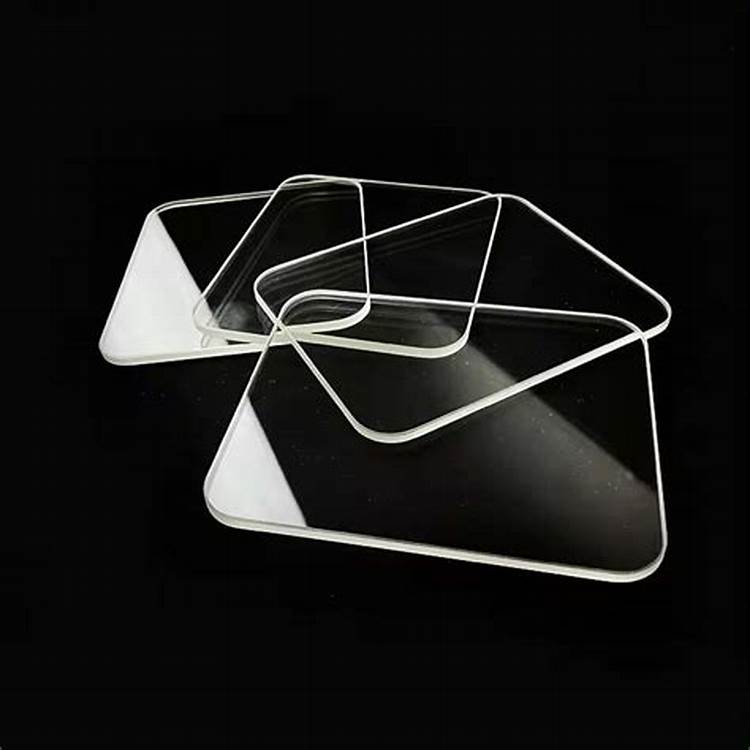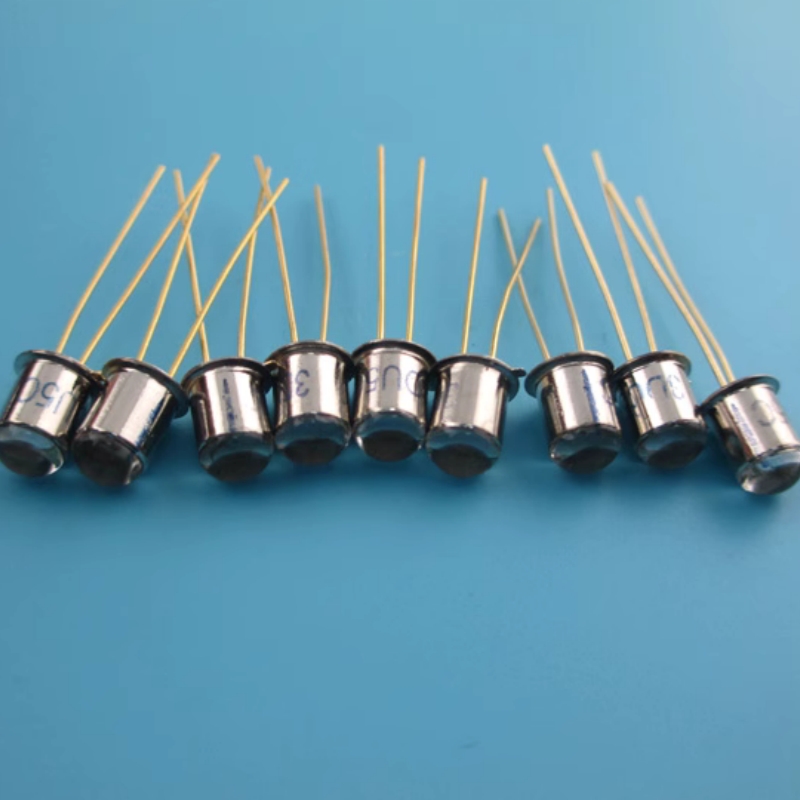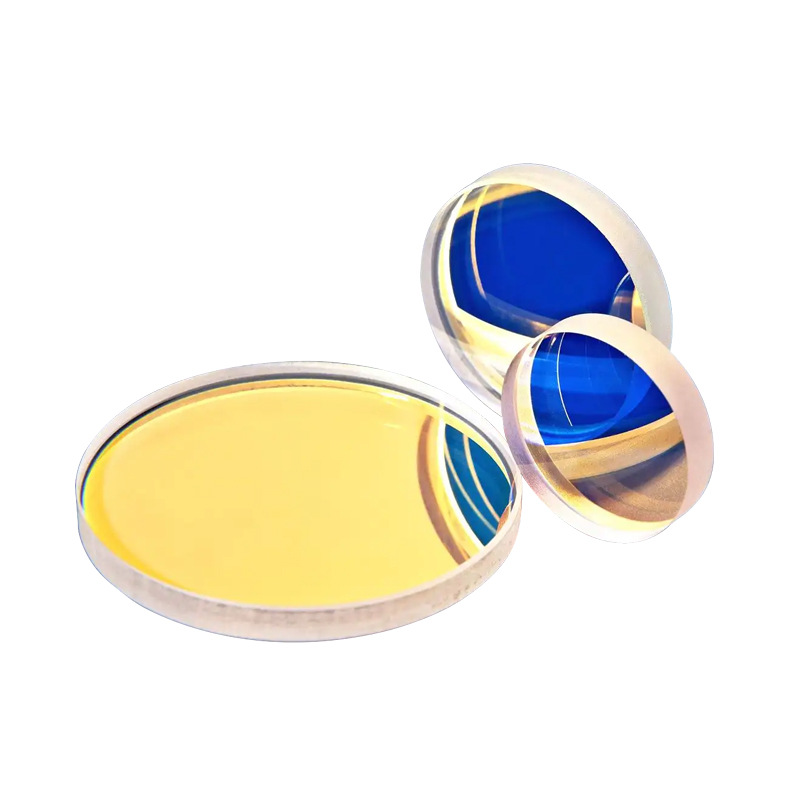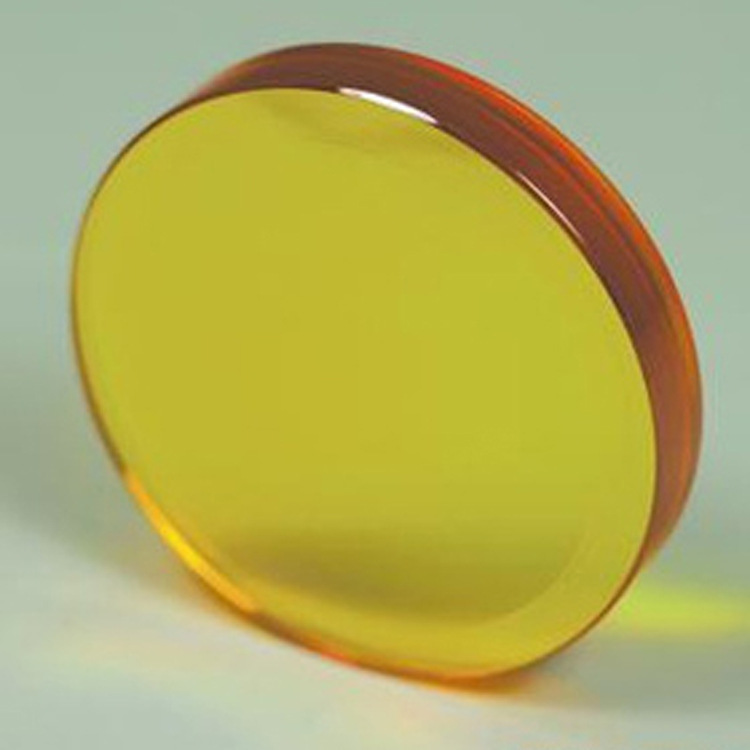Calcium fluoride plano-convex lens is a high-performance optical component designed for superior ultraviolet and infrared transmission, excellent thermal stability, and precise light focusing. Manufactured from high-purity CaF₂, it offers outstanding optical clarity, minimal distortion, and strong resistance to environmental degradation. This lens is widely used in laser systems, spectroscopy, aerospace applications, and precision scientific instruments, ensuring optimal optical performance for advanced imaging and beam-shaping applications.
Product Overview
The calcium fluoride plano-convex lens is an optical component made from calcium fluoride, offering a broad transmission range (180 nm to 8.0 μm), high damage threshold, low fluorescence, and high uniformity. These lenses are ideal for laser collimation and as substrates for optical components. The lens can focus light to a single point and is commonly used in laser systems and beam shaping applications. Due to the softer nature of calcium fluoride, the lens surface can be scratched easily, so careful handling is necessary.
Key Features
- Broad Transmission Spectrum: Suitable for applications from ultraviolet to infrared wavelengths.
- High Damage Threshold: Can withstand high laser power and environmental pressure, ensuring stable performance over time.
- Low Fluorescence: Exhibits low fluorescence, making it ideal for precision optical systems.
- High Uniformity: Offers excellent material uniformity for stable optical performance.
- Focusing Capability: Capable of focusing light into a single point, perfect for targeting and focusing monochromatic light sources.
Applications
- Laser Collimation: Used for collimating lasers and controlling laser beams.
- Beam Shaping: Can adjust the shape of the beam, enabling beam expansion or focusing.
- Optical Substrate: Commonly used as a substrate for various optical components, providing stable support.
- Monochromatic Light Source Applications: Widely used for targeting and focusing monochromatic light sources.
| Optical Property | Value |
| Transmission Range | 0.13-10 μm |
| Transmittance | >94%@193nm-7.87μm |
| Refractive Index | 1.4288@2.5μm, 1.39908@5μm |
| Reflection Loss | 5.4%@5μm (both surfaces) |
| Absorption Coefficient | 7.8×10⁻⁴@2.7μm |
| Structure | Cubic Crystal System |
| Cleavage Planes | <111 |
| Physical Property | Value |
| Density | 3.18 g/cm³ |
| Melting Point | 1420 ℃ |
| Thermal Conductivity | 9.71 W/(m·K) @ 293K |
| Thermal Expansion | 18.5×10⁻⁶/K @ 273K |
| Knoop Hardness | 158.3 kg/mm² |
| Specific Heat Capacity | 854 J/(kg·K) |
| Dielectric Constant | 6.76 @ 1 MHz |
| Young's Modulus | 75.8 GPa |
| Shear Modulus | 33.77 GPa |
| Bulk Modulus | 82.71 GPa |
| Poisson's Coefficient | 0.26 |
| Chemical Property | Value |
| Solubility | 0.016 g/L @ 20℃ |
| Molecular Weight | 78.0748 g/mol |
| Property | Value |
| Diameter Range | 2-300mm |
| Focal Length | 15-5000mm |
| Thickness | 0.12-60mm |
| Surface Quality | 80-50, 60-40, 40-20, 20-10, 10-5 |
| Surface Flatness | λ/2, λ/4, λ/8, λ/10 |
| Clear Aperture | >90% |
| Coating | Customizable |
Submit Your RequirementsWe will contact you within 24 hours.
 WOBO Scientific Research New Materials One-Stop Service Platform
WOBO Scientific Research New Materials One-Stop Service Platform


